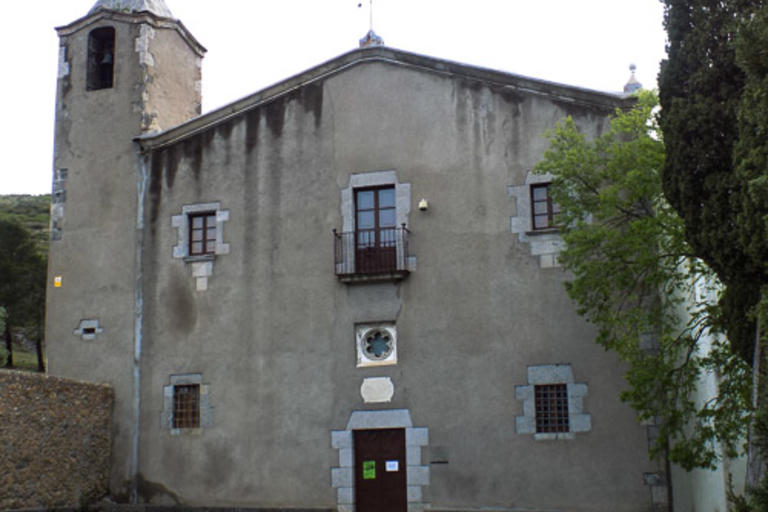
Introduction
According to legend, this hermitage was founded at the end of the fourteenth century by three monks from Montserrat who were looking for a quiet place to serve God. From an initial simple structure, its current state is the result of multiple restorations and alterations carried out throughout its existence, with the expansion with the addition of the naves in the seventeenth and eighteenth centuries. It was, and to some extent still is, a great centre of popular devotion in the surrounding area, something shown by the gathering held there every 25 November, the saint’s day. A popular tale told in the area said that newborn babies came from the bottom of the water of the well found there. This is a place of literary reminiscences, as Caterina Albert, under the pen name Víctor Català, was inspired by it when she wrote her famous novel Solitud where she expertly describes the gathering mentioned above, among other things.
One interesting thing that can be found near to the hermitage is the ponds. Although they are not natural, and in a more humid location might go unnoticed, they are a type of habitat which is very scarce in the Montgrí area and so are of some importance regarding their contribution to maintaining biodiversity. They favour the presence of species which are very rare in the Montgrí area, such as the marbled newt (Triturus marmoratus) and common parsley frog (Pelodytes punctatus), but Perez’s frog (Rana perezi), the Mediterranean tree frog (Hyla meridionalis), natterjack toads (Epidalea calamita) and viperine water snakes (Natrix maura) have also been found in them. Work to eradicate the eastern mosquitofish (Gambusia holbrooki) has been carried out here. This is an exotic species which affects the normal development of native aquatic amphibians and invertebrates.